Knowledge
How Offshore Wind Fiber Solutions Improve Turbine Monitoring and Subsea Cabling
Offshore wind fiber solutions boost real-time turbine monitoring and subsea cable reliability, reducing downtime and enhancing safety for offshore wind farms.
How Mine Safety Systems Use Fiber Optics for Gas Detection and Emergency Communication
Mine safety fiber systems use fiber optics for real-time gas detection and emergency communication, ensuring safer mining operations and rapid hazard response.
How Cold Chain Monitoring Protects your food and medicine
Cold chain monitoring safeguards food and medicine by ensuring safe temperatures, preventing spoilage, and supporting regulatory compliance at every stage.
How Stadium Fiber Network Optimizes HD Video and Wi-Fi
Fiber optic network boosts stadium HD video streaming and Wi-Fi, ensuring fast, reliable connections for fans, broadcasters, and operations.
A Practical Guide to Airport Fiber Optic Network Design
Airport fiber network design ensures reliable, scalable, and secure connectivity for critical airport systems, supporting future aviation technology demands.
Medical Fiber Solutions for Advanced Telemedicine and Diagnostics
Medical fiber solutions boost telemedicine, diagnostics, and secure data transfer, improving patient care and operational efficiency in medical facilities.
Industrial Automation Fiber Optic Solutions: PROFINET Integration for Real-Time Factory Control
Industrial automation fiber with PROFINET integration boosts real-time control, reliability, and scalability for smart factory automation in 2025.
Smart Grid Solutions Enhanced by Fiber Optic Fault Detection and SCADA Integration
Smart grid fiber solutions with fault detection and SCADA integration boost grid reliability, efficiency, and security for modern utility operations.
Offshore Fiber Solutions: Oil Platform Corrosion & Installation Tips
Offshore fiber solutions protect oil platforms from corrosion and ensure reliable installation, supporting safe, long-lasting connectivity in harsh marine settings.
Rail Transit Fiber Infrastructure: Vibration Resistance & Signaling 2025
Rail transit fiber in 2025 boosts vibration resistance, signaling, and real-time monitoring with AI, 5G, and advanced sensing for safer, efficient rail systems.
Mining Fiber Solutions 2025: Dust, Moisture & Vibration Resistance
Mining fiber optic solutions in 2025 offer superior dust, moisture, and vibration resistance, ensuring safe, reliable operation in demanding mining environments.
Oil Gas Fiber Solutions 2025: Hazardous Environments Guide
Oil & Gas fiber optic solutions for 2025 ensure safe, real-time monitoring and compliance in hazardous environments, reducing risks and downtime.

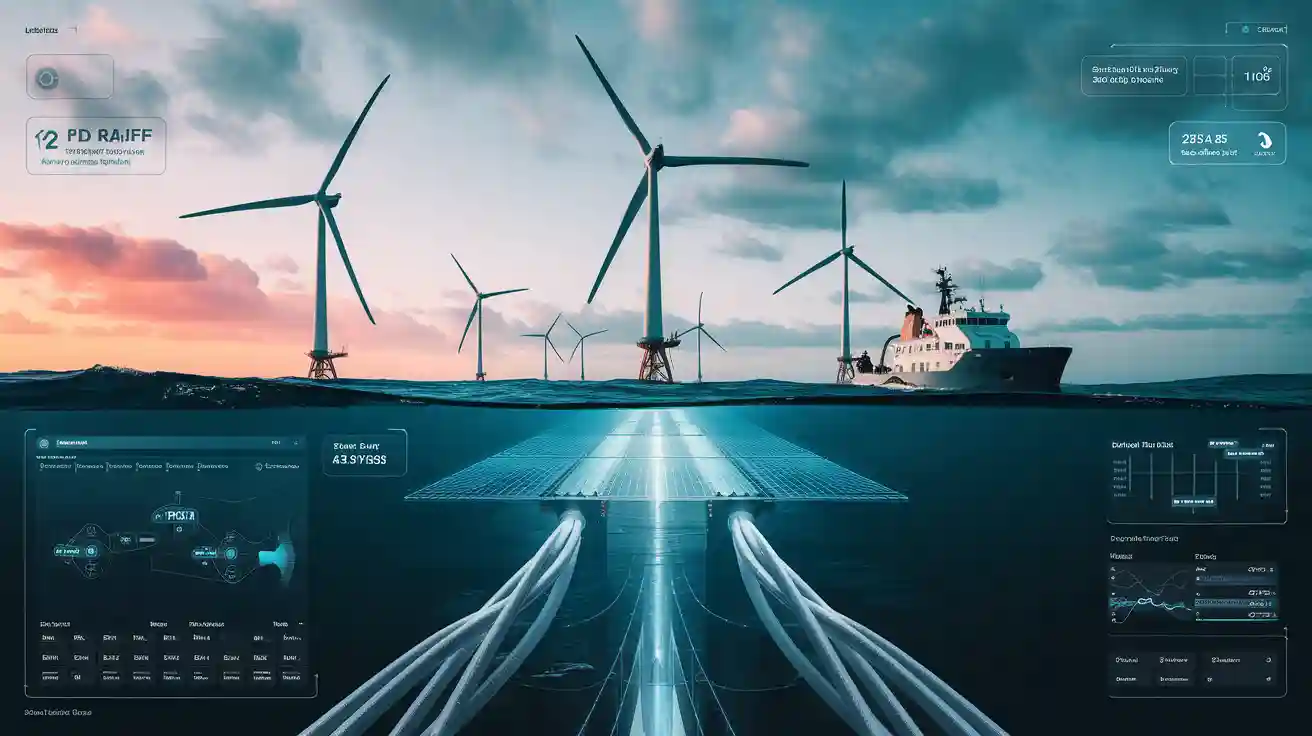
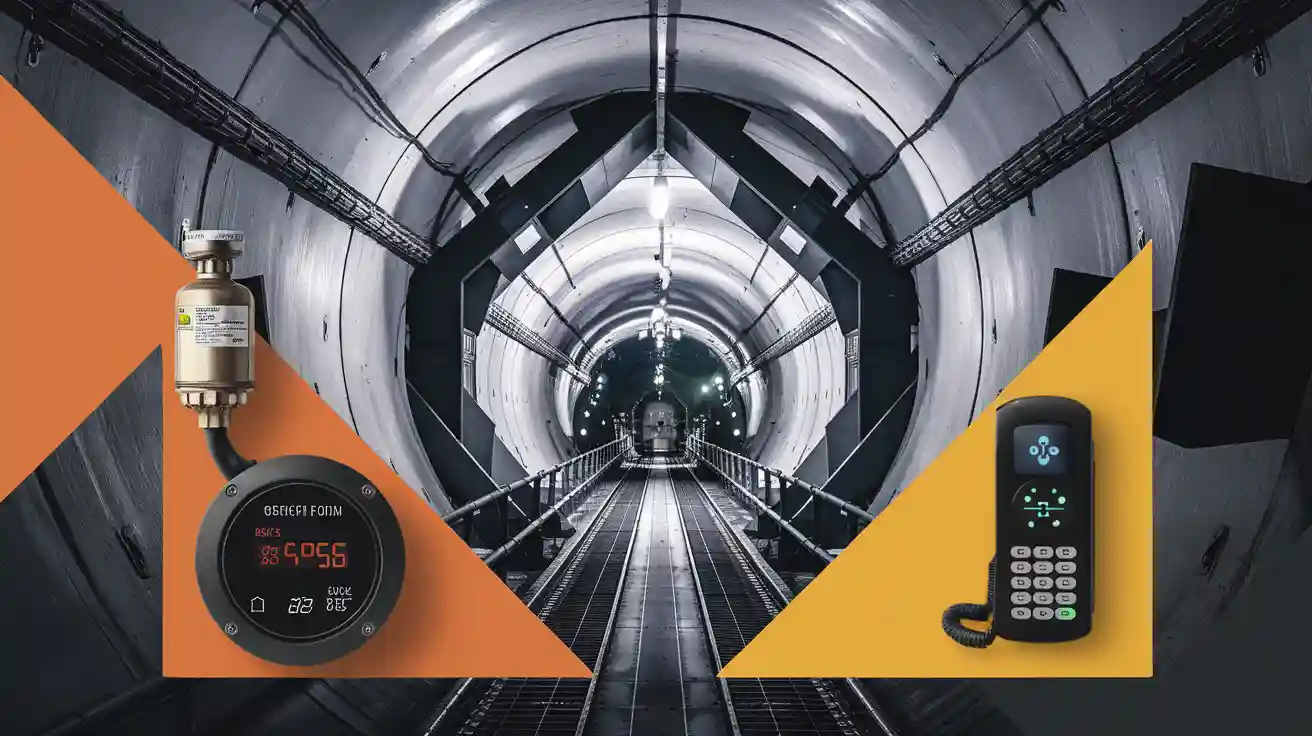
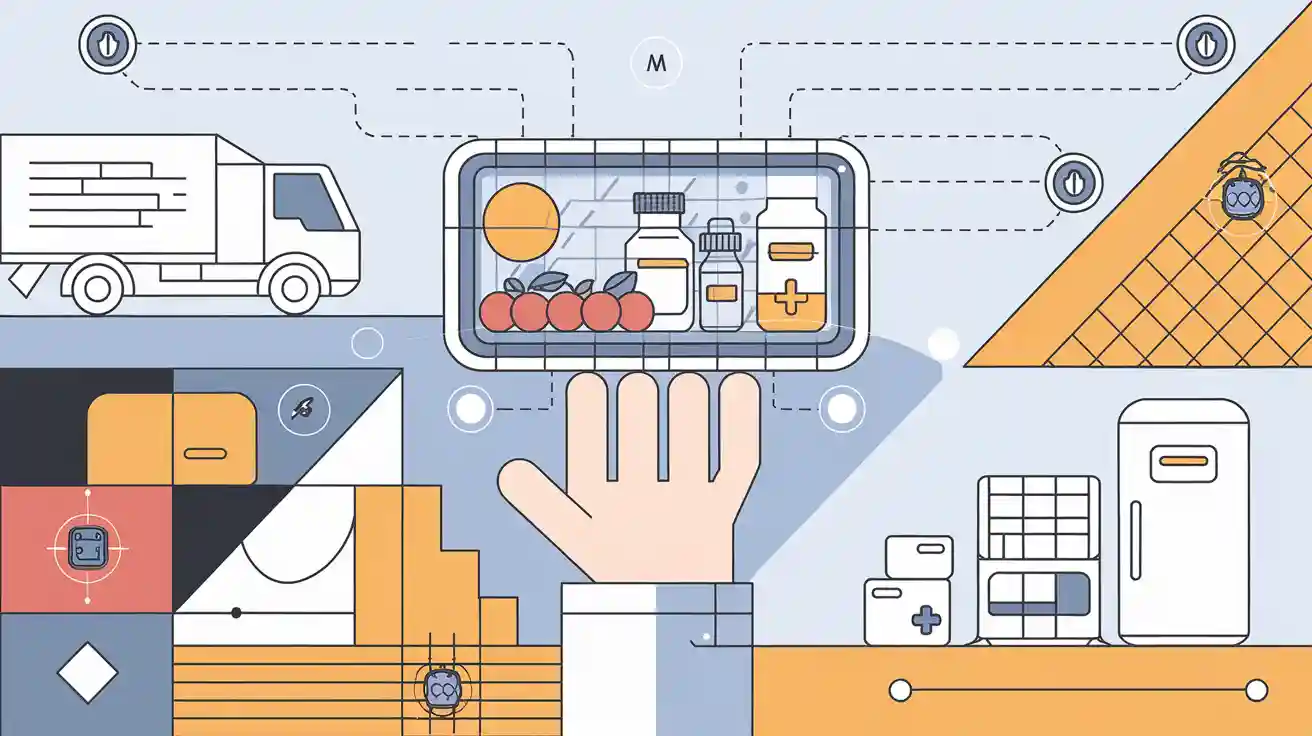
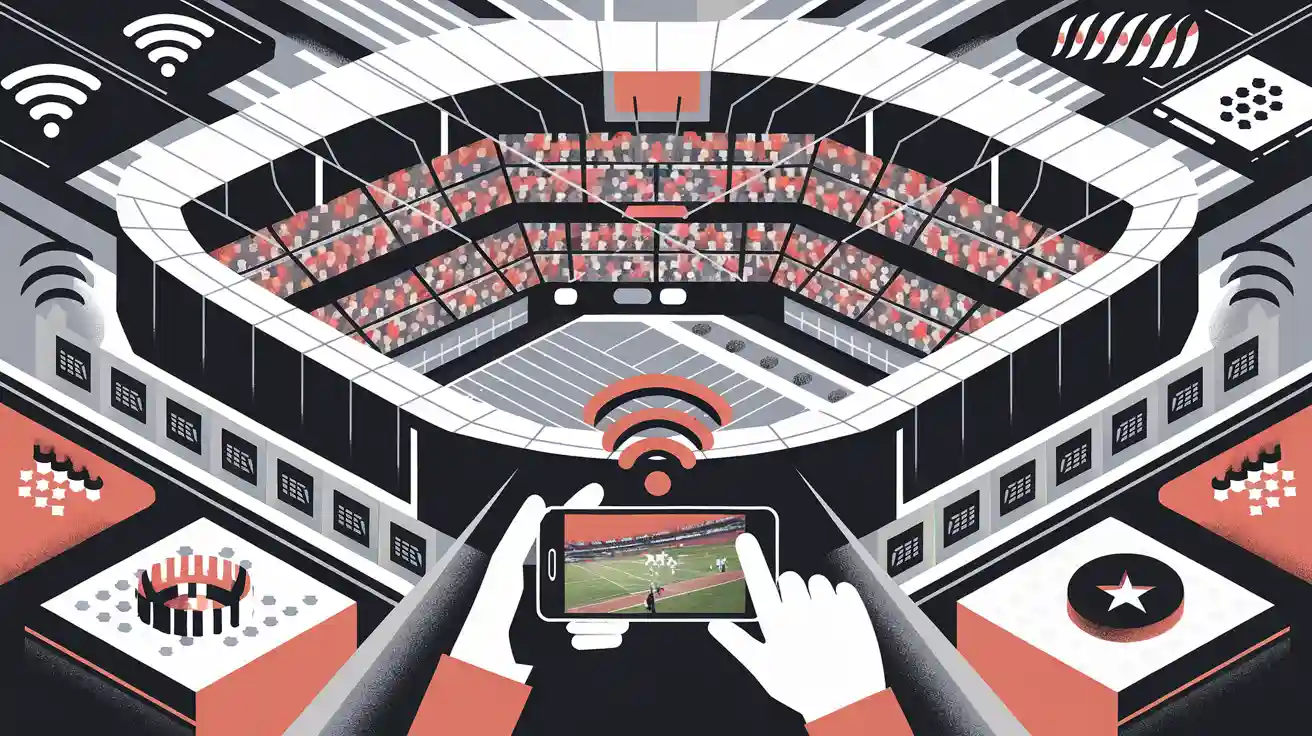


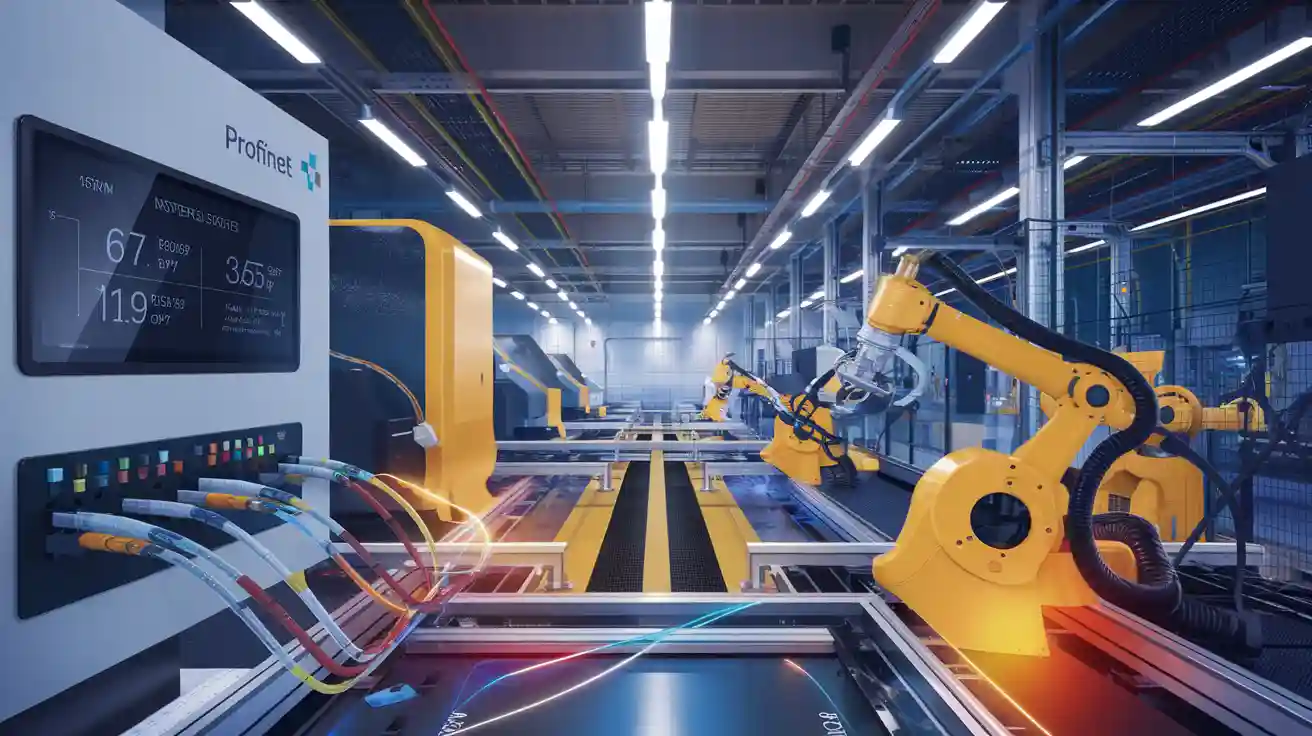

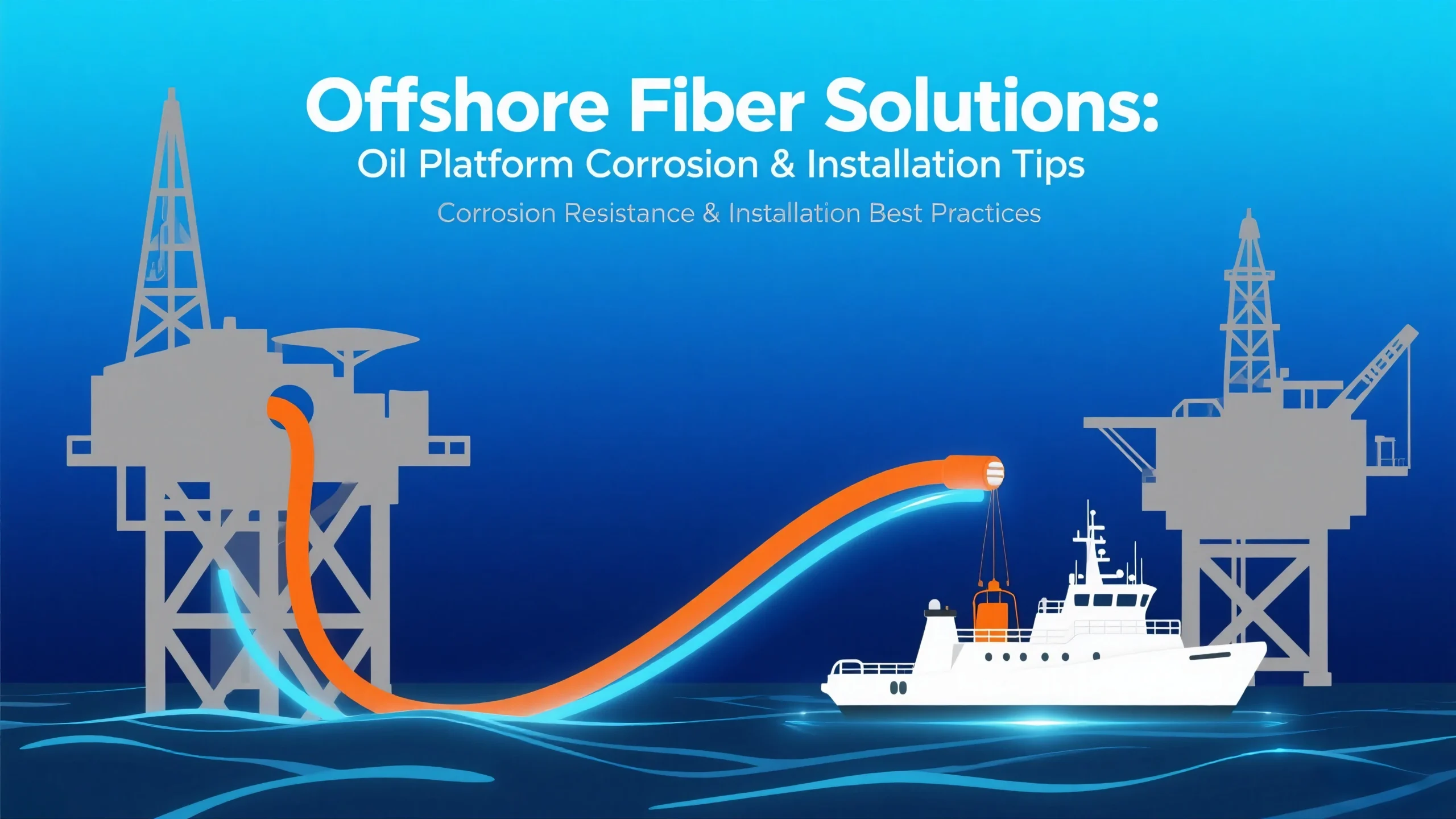
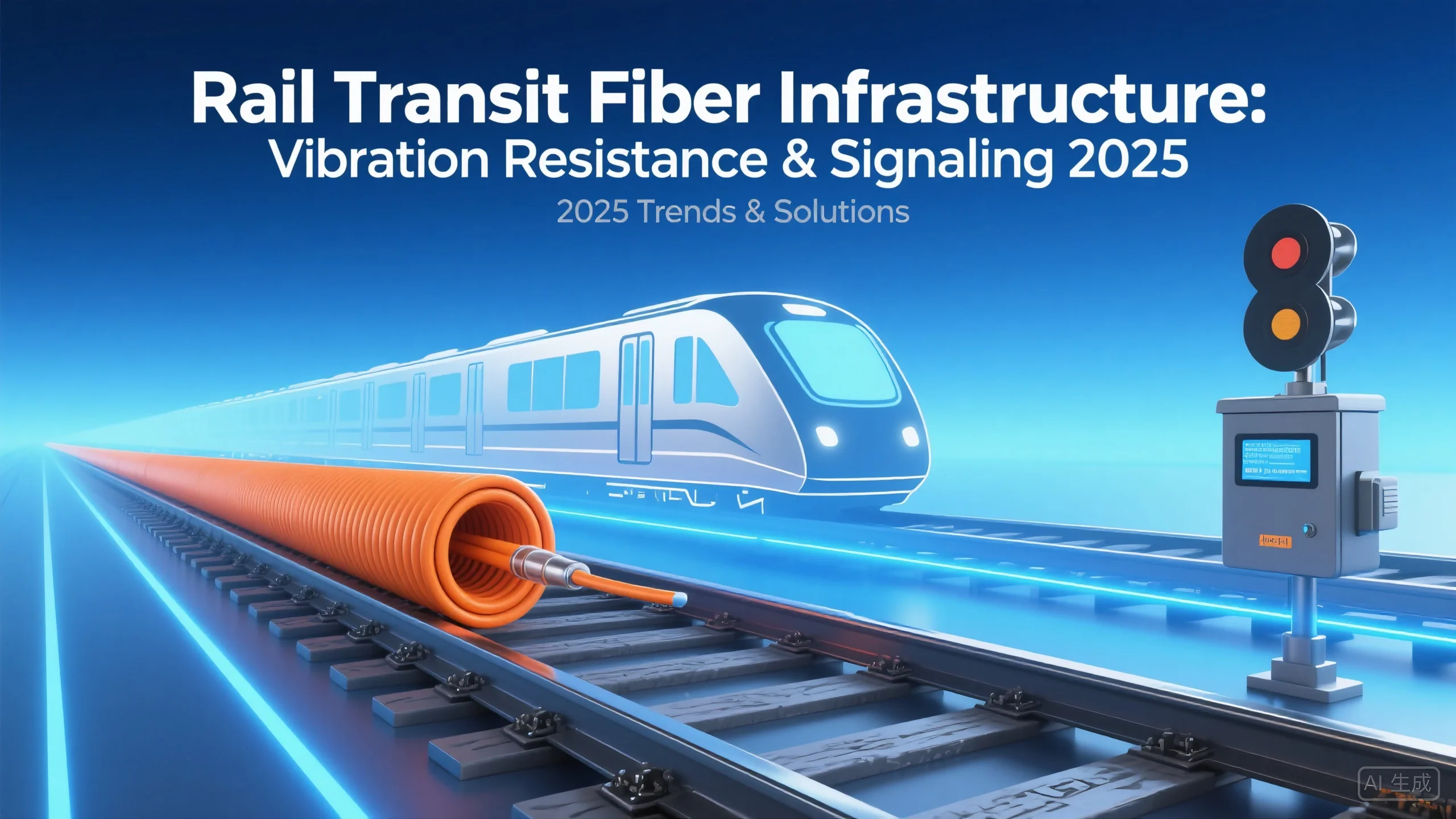
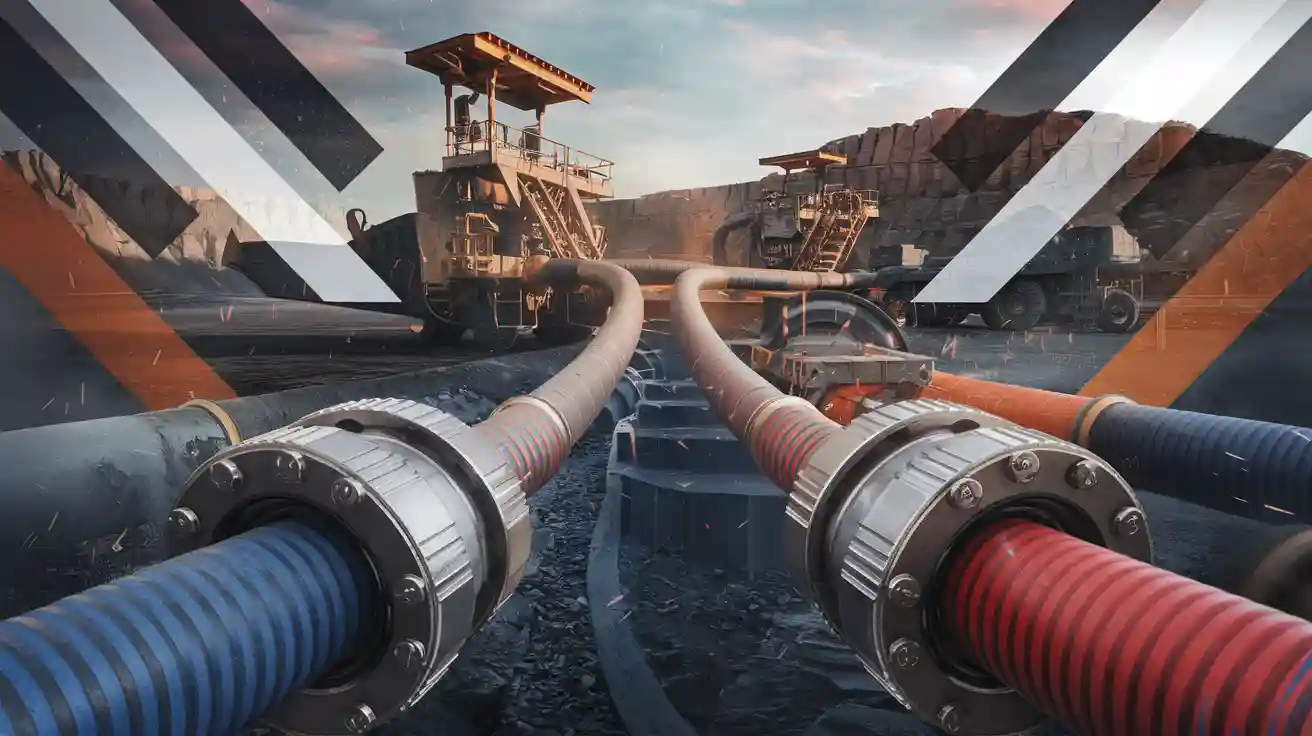

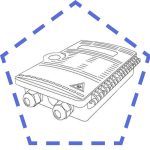 Fiber Optic Termination Boxes
Fiber Optic Termination Boxes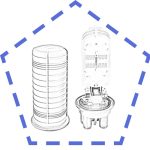 Fiber Optic Splice Enclosures
Fiber Optic Splice Enclosures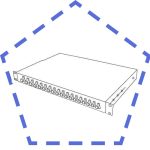 Fiber Patch Panels
Fiber Patch Panels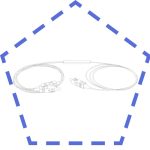 PLC Splitters
PLC Splitters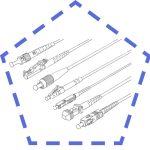 Fiber Optic Pigtails
Fiber Optic Pigtails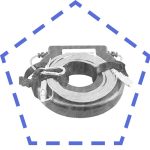 OTDR Launch Cables
OTDR Launch Cables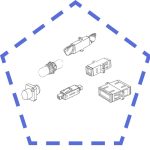 Fiber Optic Adapters
Fiber Optic Adapters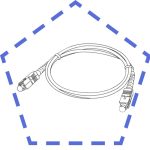 Fiber Optic Patch Cords
Fiber Optic Patch Cords